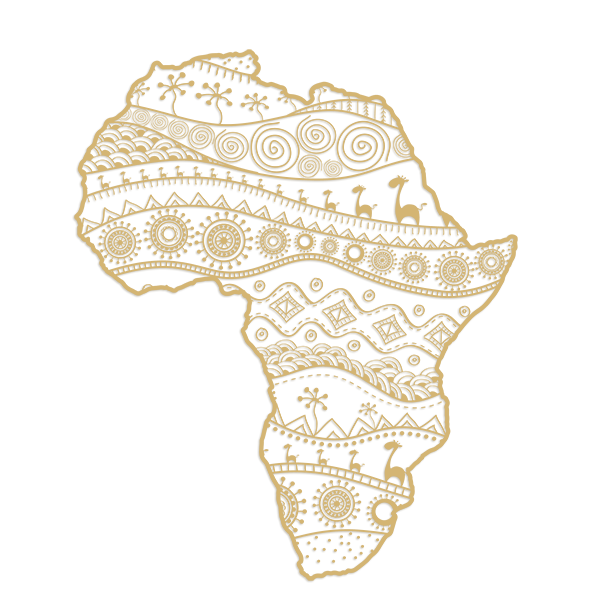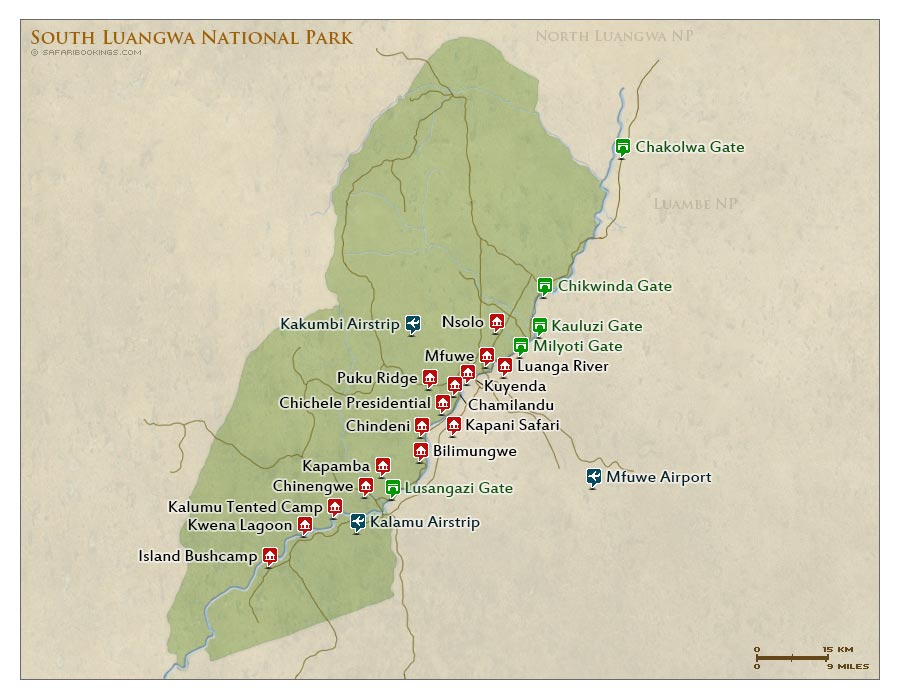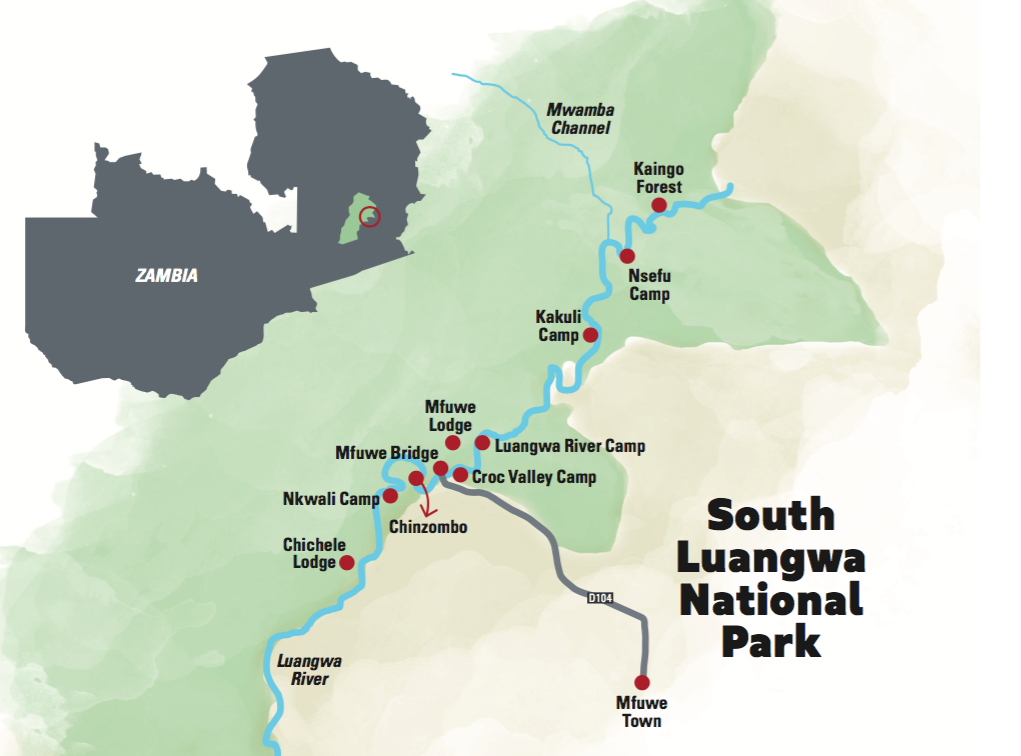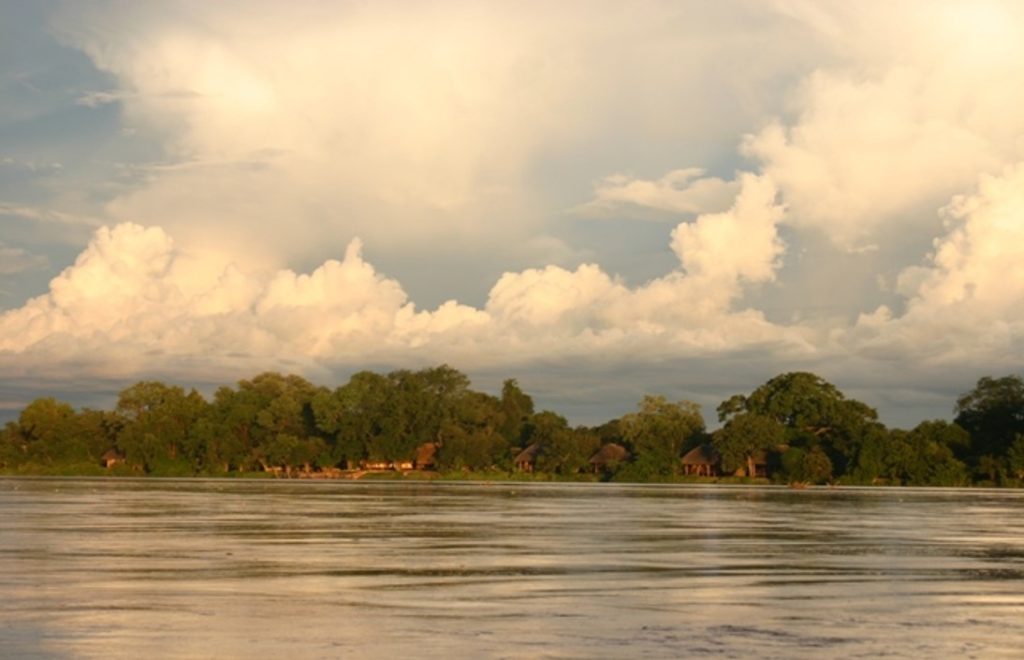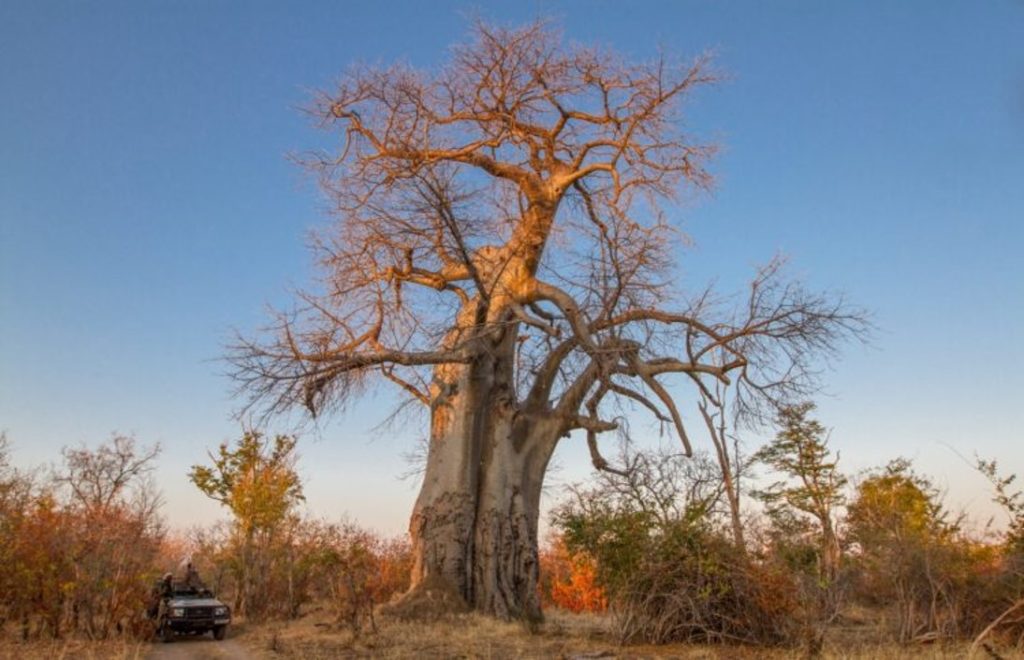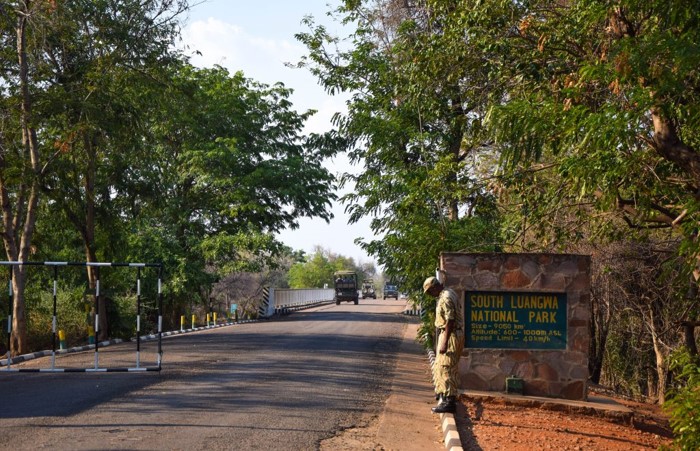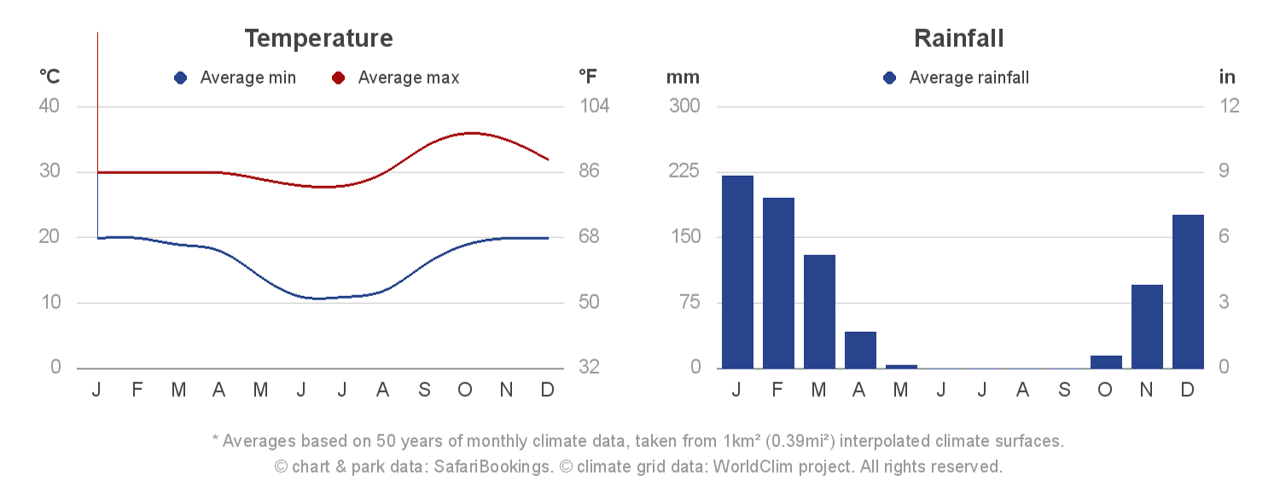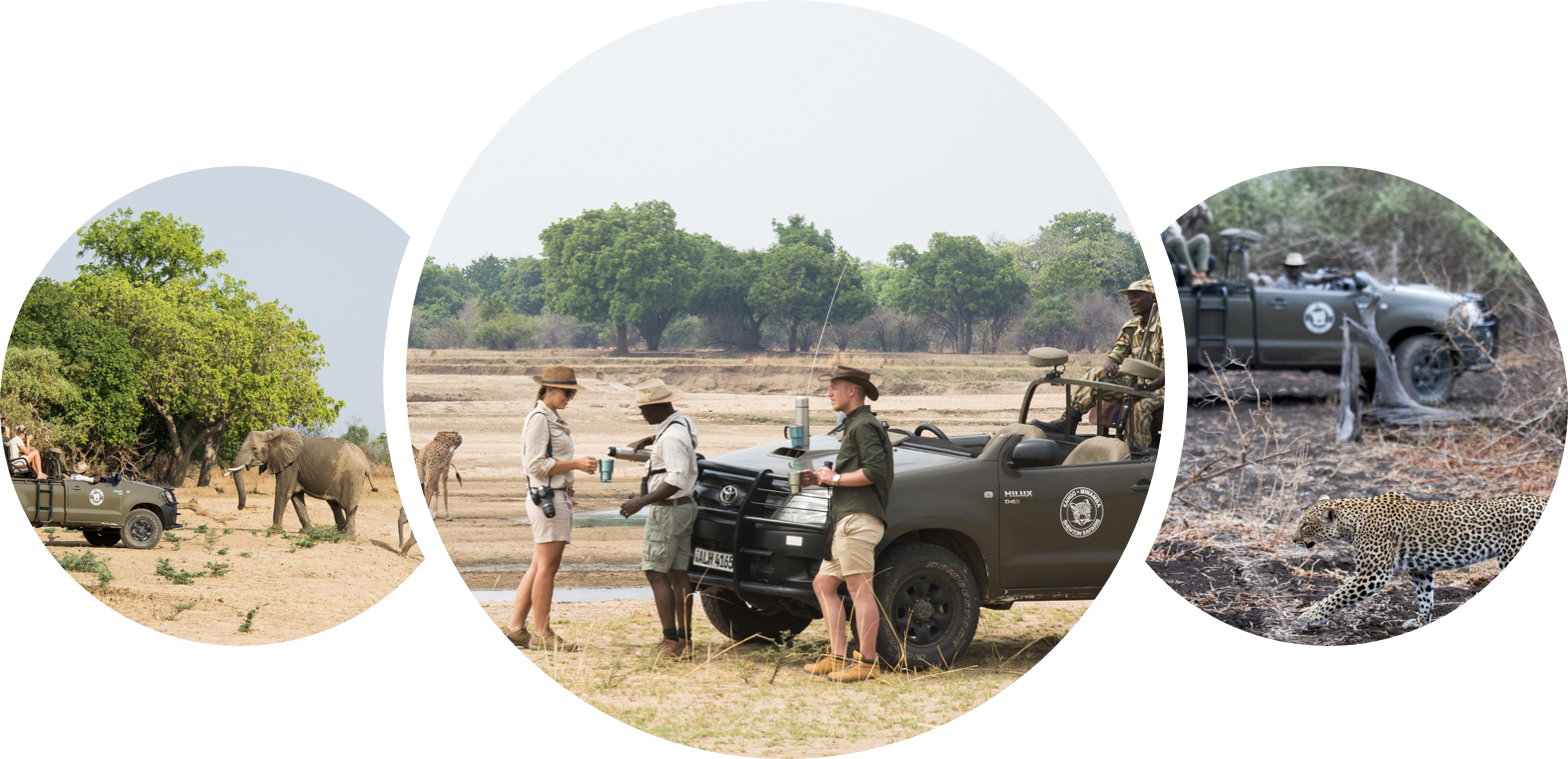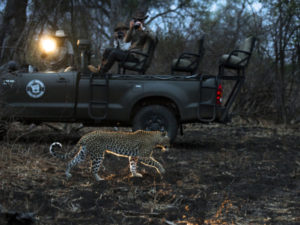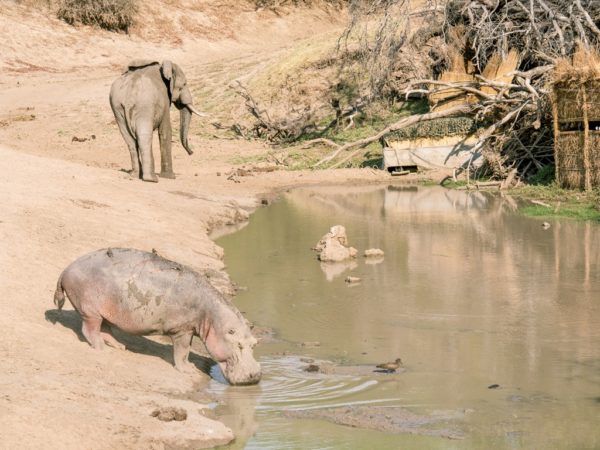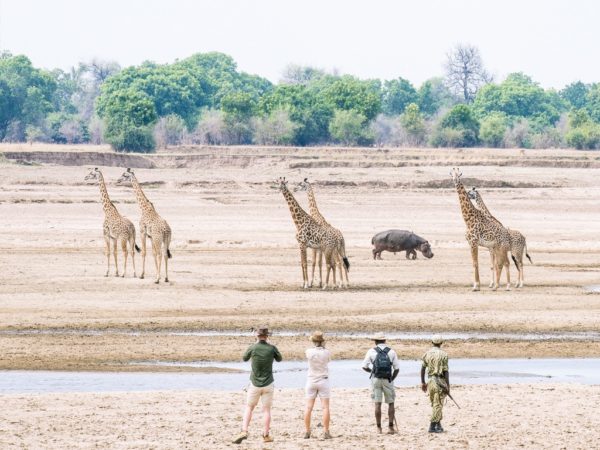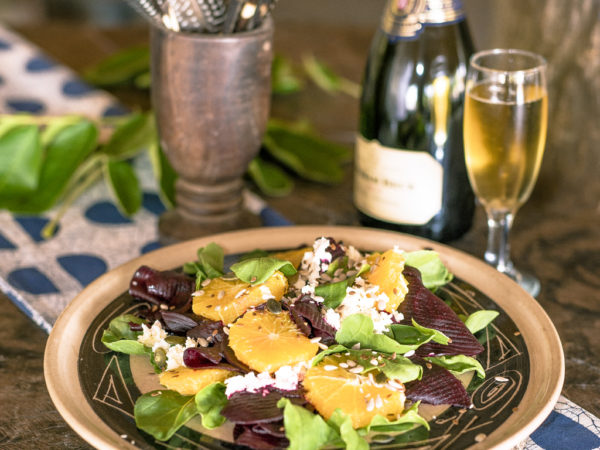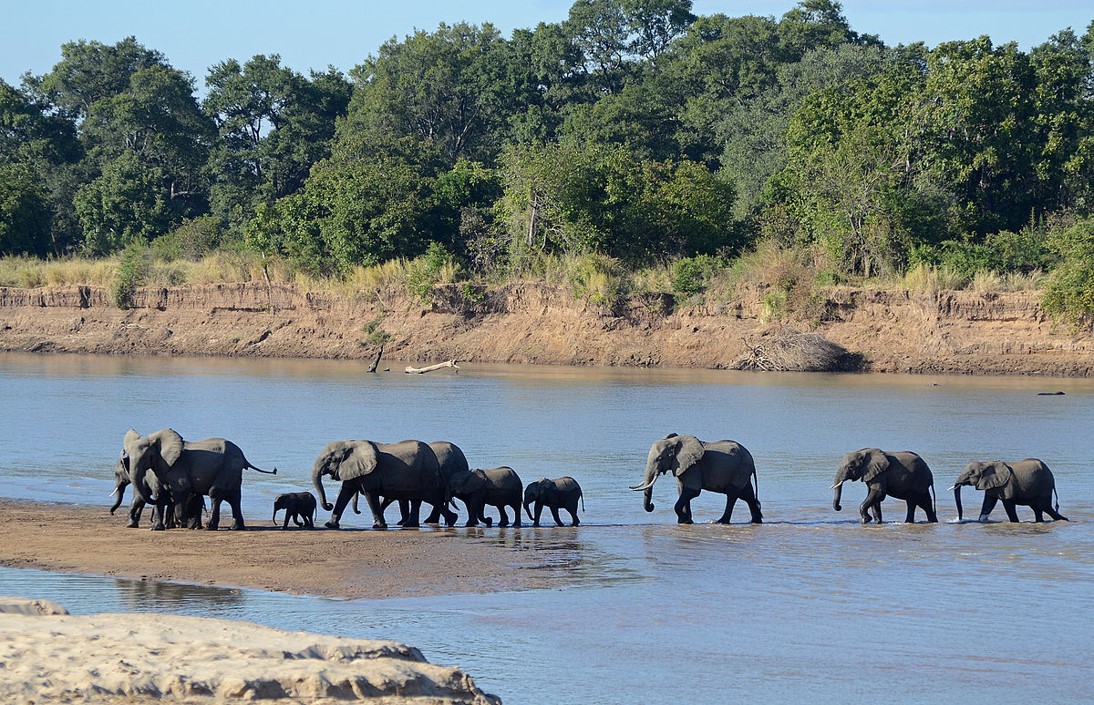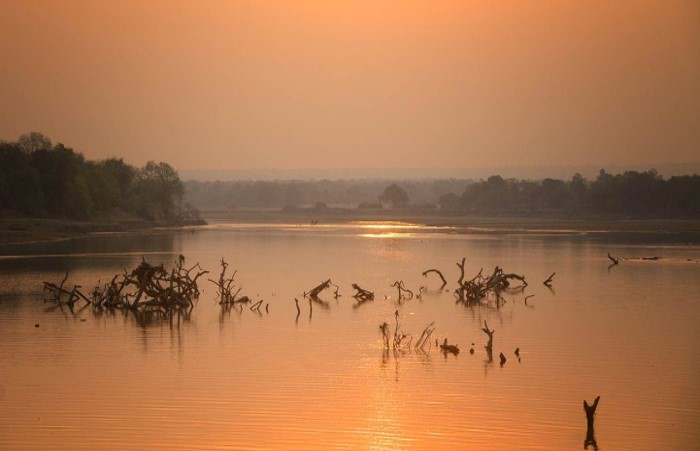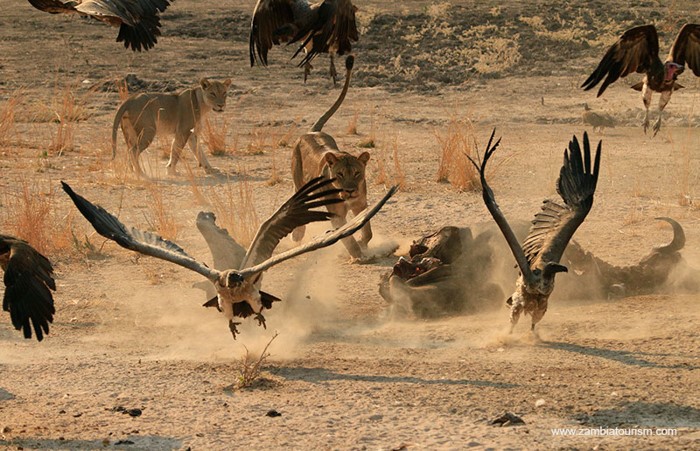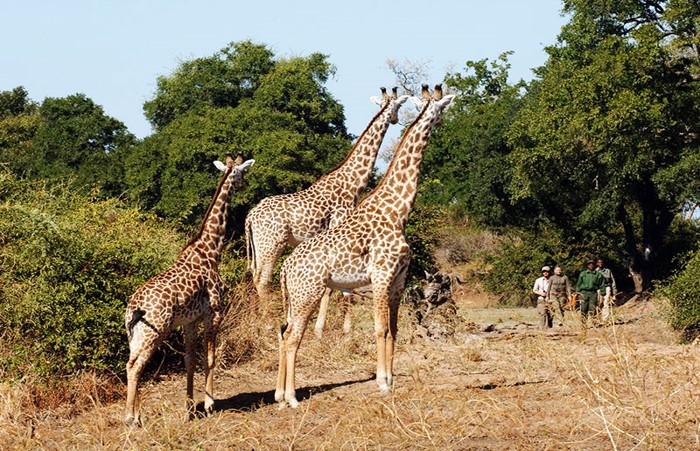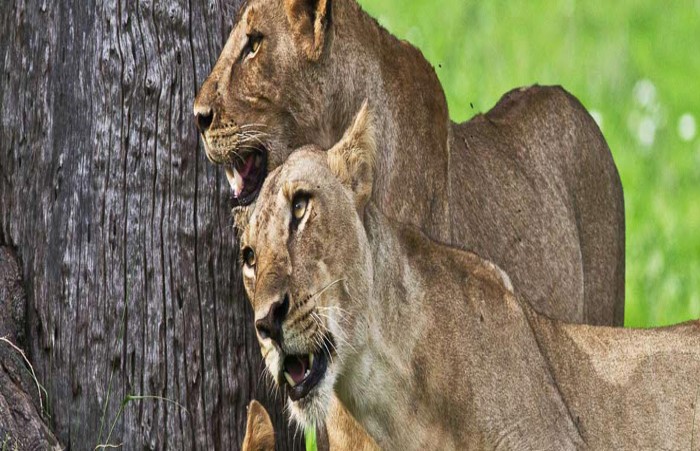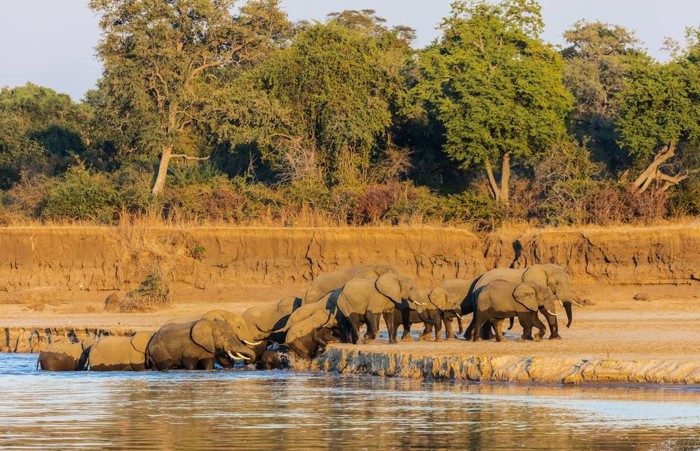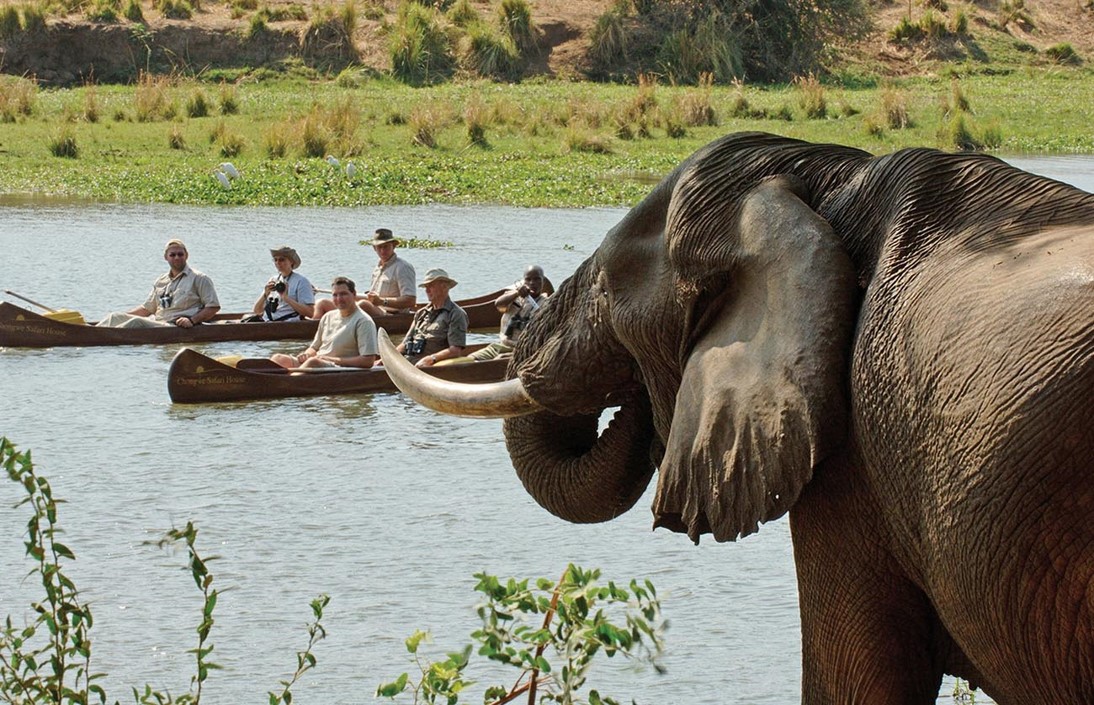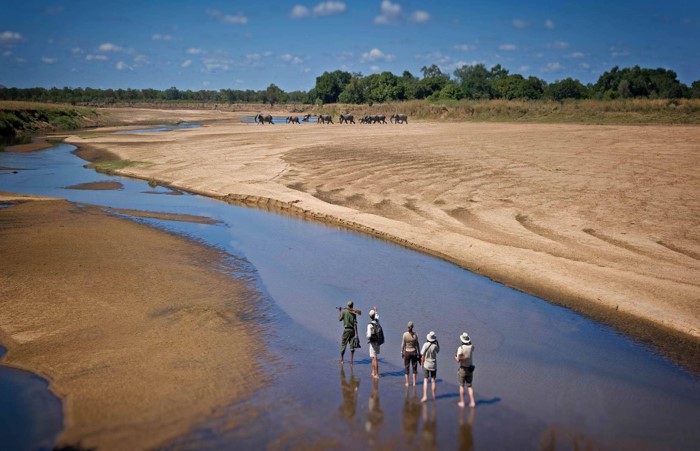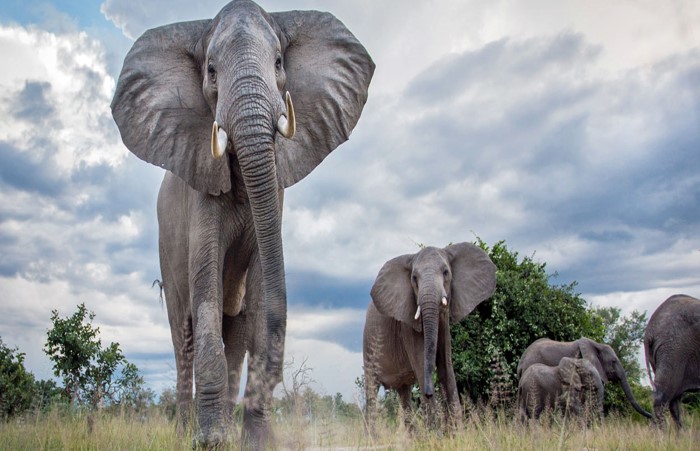Tipping in Zambia
“Who should we tip, when and how much?” is a question we are asked regularly by guests travelling to Zambia. The information below will hopefully outline the points and issues involved, in order to help you sidestep any potentially uncomfortable situations regarding tipping.
Tipping in Zambia and the effects on local economy.
Gratuities are of course always voluntary and tend to be dependent upon the quality of the services provided. We do believe that great service should be appreciated but whilst we encourage travellers to feel the same, you should be aware of the potential impacts that tipping may have on the local community.
Tips obviously make a significant difference to the salary of those working in the service industry, including waiting staff, guides and scouts. There’s a fine line, however, between the right amount to tip and tipping too much – it might not seem like it has an impact, but it can really tilt the balance of the local economy.
To better appreciate this, consider the jobs of the rangers within the parks. These obviously are vital roles, requiring sufficient knowledge of the area. It’s important to have someone competent and educated carrying out this role and as such, posts usually require a high level of education and are generally occupied by those who have worked for several years within the national parks. Salaries are reasonable but not at the high end of the scale.
On the other hand, you have the general assistant staff of the camps. Their responsibility is to help out, perhaps carry luggage. Whilst this is still important, the levels of education and experience required for the job are not as high and thus the responsibility and wages are significantly less than those of the rangers. Consider then the result if such an employee receives much higher tips, perhaps up to US$500 a month. The likelihood is then that they will be making more than the rangers.
In this situation, higher than average gratuities can tip the balance of responsibility and remuneration. If this is a regular occurrence, rangers may well have less motivation to work as hard or take on as much responsibility, possibly quitting their jobs to take on a role that would (with tips included) end up paying them more. This then has severe impacts on the park and the visitors.
Consequently, we would ask that you consider the importance of the work of each individual and tip accordingly.
On safari in Zambia, which members of staff do you tip?
Guides are the main factor to a successful safari. Bearing this in mind, they are generally tipped separately.
- Tips for the back of house team
There are many people working to make sure your trip runs smoothly, many of whom you may not even see, including kitchen, maintenance and housekeeping staff. Most lodges have a general tip box that is then split equally between this team.
- Should you tip the managers?
Occasionally we’re asked if the managers should get tips. They’re obviously important to your trip, but consider, would you tip the manager of a restaurant you’d visited? There may be exceptions to the rule but in general we wouldn’t usually recommend tipping the camp managers.
In conclusion, in Zambia we would suggest that you tip the guide separately to the back of house team, as you spend the majority of your time with them. It would be uncommon to tip your camp manager.
When to tip
Occasionally we get asked when is the right time to give the tips. There are a few options:
After each activity
At the end of each day
At the end of your stay
General rule of thumb: just tip once, always at the end of your stay at each safari camp or lodge. Not at the end of each activity, or each day.
Guides wouldn’t expect you to tip after each of the daily activities, as it could create the impression that the guides need to ‘perform’ for the person giving the tips, which can distort the relationship between them and the other guests. Imagine the position other guests might find themselves in should you be offering tips this frequently and they were not.
How to tip
In general, Zambian camps will have a main ‘tip box’ that is shared out between the staff equally. Some camps will exclude the guides and spotters from this, others won’t.
The majority of the camps will explain their own tipping policy in their camp literature, but managers will be able to explain if this isn’t the case. It’s then up to you as to how you’d like to split your tips between the different members of the team – in Zambia you’d usually tip the guides and scouts directly, then the other staff split the ‘tip box’. The practice does vary between camps, so please ask if you’re not sure!
We do get asked if it’s possible to tip by credit card. This is not normal practice, and many safari camps in Zambia won’t be able to process this, so we would recommend that you take cash for tipping. You’ll find that this is most common anyway, with the preferred currency being US dollars, easily exchanged into Zambian kwacha by camp staff if necessary.
If you want to be incredibly well prepared for your trip then a great idea is to bring envelopes, possibly with thank you notes, to prepare individual tips for the staff. Towards the end of your trip you can name each envelope, add the appropriate tips and then either put them into the main tip box or hand them to the individuals.
How much to tip
We can only offer our own advice on this from our experiences in Zambia. Tipping is not compulsory but always appreciated and depends entirely on your own opinion and your personal satisfaction, moderated by the topics mentioned above.
Having said that, we’d recommend that for good service our travellers tip around:
- US$5-10 per guest per day for a group guide
- US$5-10 per guest per day for the general staff
- US$5-10 per guest per day for a scout
Bearing in mind the issues above, the Gross National Income (GNI) is approximately US$10.44 per person per day in Zambia. This is a reflection of the average income of Zambia’s citizens.
In contrast, the equivalent GNI in the UK is about US$118.74, in the United States about US$150.58, in New Zealand about US$109.80 and in Germany about US$125.45.
In conclusion, although tipping is a sensitive issue, it’s a normal part of Zambia’s service industry so there’s no need to be embarrassed by it. Remember that more affluent visitors can potentially have a large impact on the local community: tipping can influence the social and economic balance, so do bear that in mind when you’re tipping staff during your safari in Zambia.
